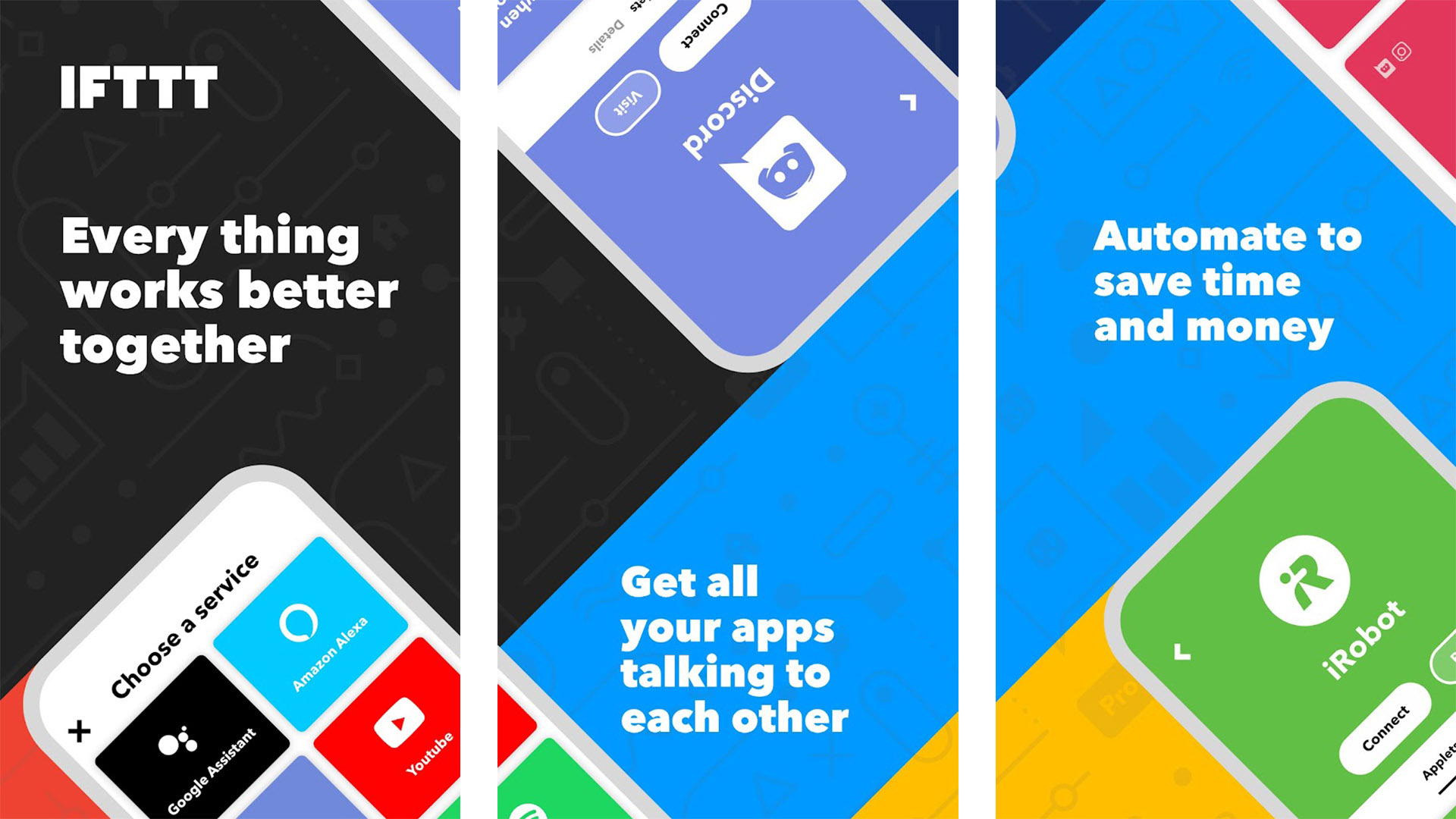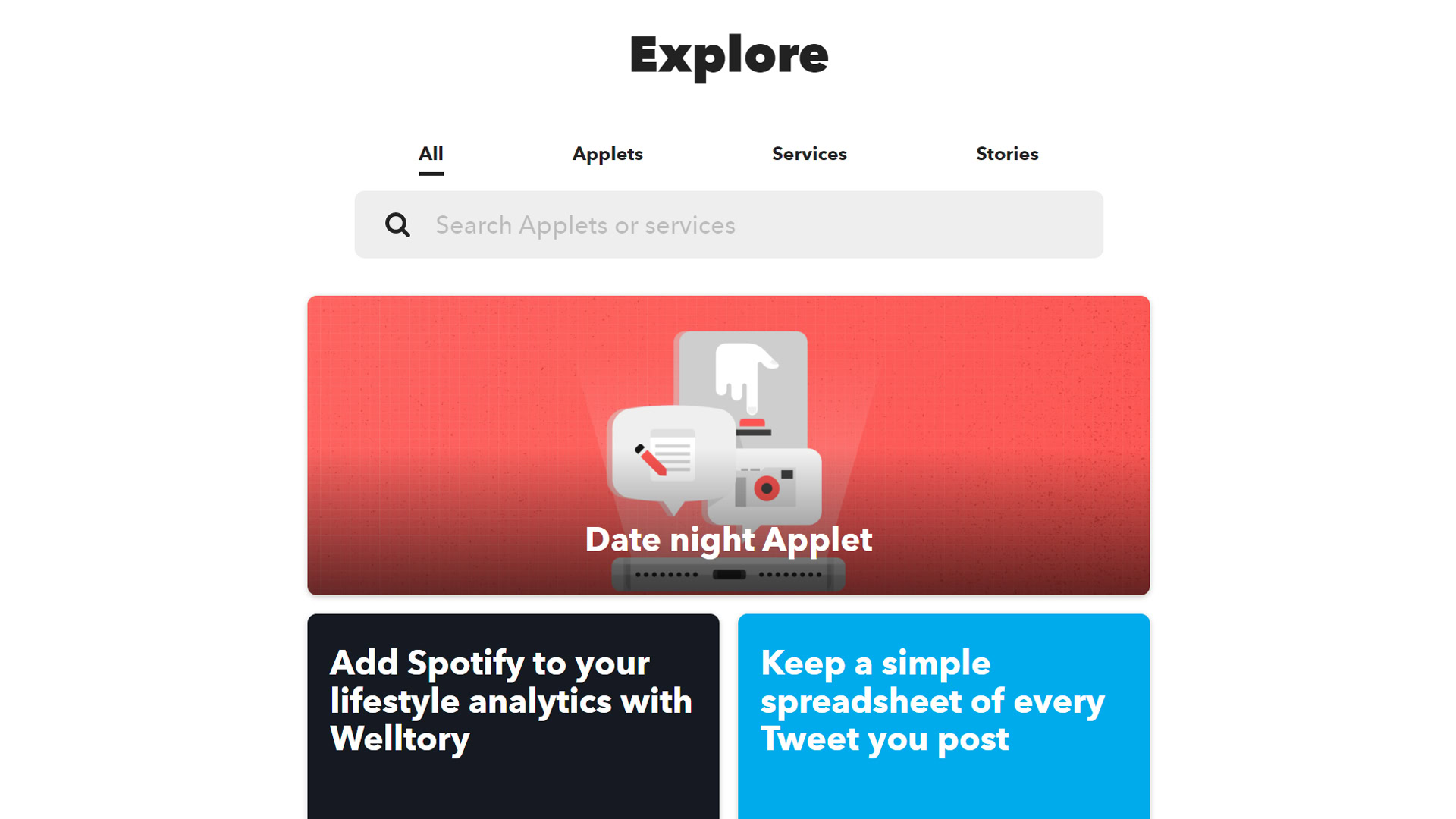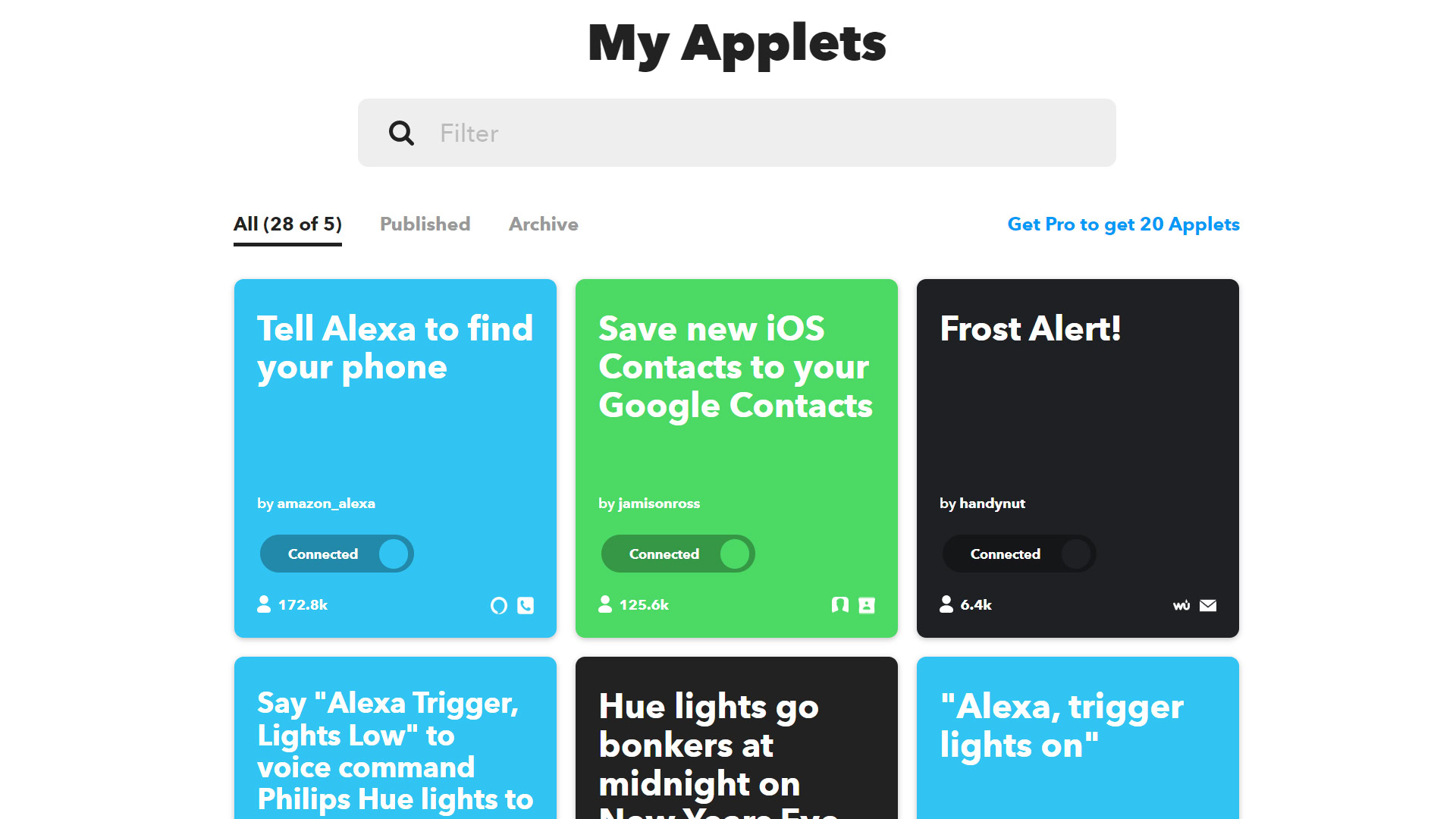Affiliate links on Android Authority may earn us a commission. Learn more.
What is IFTTT? Everything you need to know about the automation platform
Published onMay 15, 2023

For those really into personal automation IFTTT can be a cornerstone, as indispensable as Photoshop is to a photographer, or Twitch is to a professional streamer. Here’s a quick primer on what IFTTT is, how it works, and its benefits, particularly for smart homes.
What is IFTTT?

IFTTT, short for If This Then That, is an online automation platform that links services and devices that wouldn’t ordinarily be connected. There are apps for Android and iPhone/iPad, but you can also manage things via IFTTT.com. The platform has been live since September 2011.
As its name suggests, the concept is that users can build codeless automations (known as “applets”) in which a trigger on one service results in an action on another. It supports an extremely large number of brands — too many to list in full, but here are some prominent examples:
- Amazon Alexa
- Arlo
- Asana
- August
- Box
- CDC (Centers for Disease Control and Prevention)
- Coinbase
- Discord
- Dropbox
- Ecobee
- Evernote
- Feedly
- Fitbit
- Google (Assistant, Calendar, Contacts, Drive, Google Nest, etc.)
- GitHub
We’ve left out plenty of other important services. On top of these, IFTTT can sometimes link with native functions on a mobile device, such as calling and messaging.
Note that while you’re encouraged to build your own applets, you can search for pre-made ones to add to your account, created by companies or individual users. Whichever route you go, you’ll have to log into associated services to get an applet to work.
Pricing
The base version of IFTTT is free, but allows just 5 applets, a limit that’s due to shrink to 2 on May 23, 2023. Those applets are further restricted to a single “that” action at a time, and deprioritized in speed versus paid customers. That may still be enough for many people, but if you’re counting on instant response or complex configurations, you’ll have to upgrade to a paid plan.
There are two paid tiers:
- Pro ($2.50 per month) ups the applet limit to 20, speeds up run times, and enables multi-action applets, as well as some exclusive triggers and actions. It’s also the lowest tier with customer support.
- Pro Plus ($5 per month) offers unlimited applets, developer tools, queries and filter code, support for AI services, and the ability to connect multiple accounts for services. Customer support requests are prioritized over regular Pro users.
The benefits of IFTTT

One of the biggest frustrations of digital life can be the walled gardens services live in. They’re not even deliberate, in many cases — companies only have so much time and money to devote to outside connections.
IFTTT can fix a lot of these issues. If you use Todoist, for example, it can automatically add tasks to your Google Calendar, which in turn syncs with many other services. Instagram diehards can have their photos shared as native photos on Twitter. If you link Weather Underground, you can get a frost warning notification in time to protect your plants.
The platform often shines best in a smart home context, where those garden walls are sometimes the highest. You can for instance have lights change colors based on triggers like rain, holidays, or whether you’re watching TV, none of those being standard options in platforms like Amazon Alexa or Google Home. Smart blinds and curtains can be set to close when it’s too hot or dark outside.
The platform often shines best in a smart home context, expanding automations beyond conventional triggers.
IFTTT automation may be even more valuable for a smart home’s security. You can have (compatible) security cameras turn on only when you leave home, or backup saved footage to cloud services like Dropbox. You can even have entry systems disable automatically when you return, which will prevent annoying alarms and apologetic phone calls.
There are limits, naturally. Not every brand supports the same options as others in its category, and even when it does, there might not be a pre-made applet available. It’s not hard to create a basic applet, though, and power users with a Pro Plus account are effectively unlimited.
Do you really need IFTTT?

Most people can skip IFTTT if they want to, for the simple reason that service and device creators are always striving to include essential functionality out-of-the-box. Additionally, over the years, some of the gaps plugged by IFTTT have been solved outright. Philips Hue for example has not only picked up native sunrise and sunset automations, but options like fades and offsets. Using IFTTT for that scheduling would actually be a step backwards.
Other gaps remain however, and IFTTT is worth exploring if you’re trying to streamline daily tasks in ways that seem obvious to you but are maddeningly unsupported in practice.
We'd strongly suggest exploring IFTTT's applet library, particularly if you have a smart home or you're trying to bridge the Apple, Google, and Microsoft worlds.
In fact, IFTTT can be invaluable if you live with multiple hardware platforms. One popular applet automatically syncs new iPhone/iPad contacts to Google Contacts, and if you have a Windows PC, it’s easy to have your phone automatically sync things with Outlook and OneDrive. With the right applets, you can sharply reduce the anxiety of mixing and matching ecosystems, or jumping fully from one to another.
We’d strongly suggest exploring IFTTT’s applet library, particularly if you have a smart home or you’re trying to bridge the Apple, Google, and Microsoft worlds. Even if you don’t have a specific problem you’re trying to troubleshoot, you may be surprised by what’s possible.
Read more: How to use Amazon Alexa routines